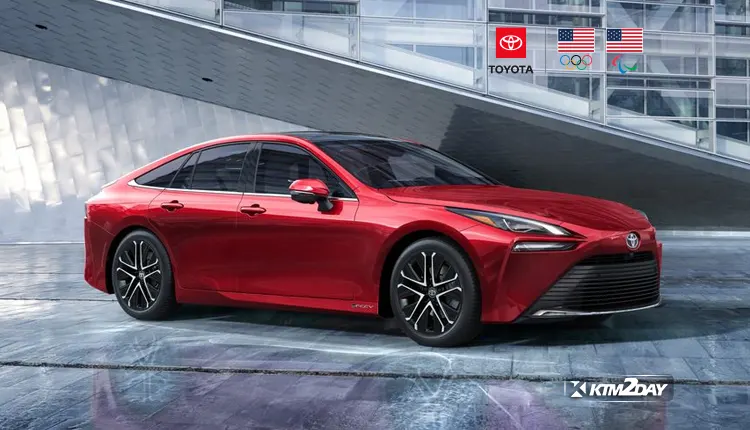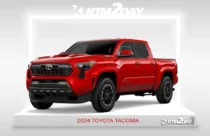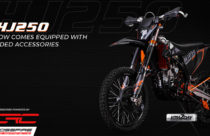Toyota Mirai 2024: Hydrogen-Powered Sedan Offers Impressive Range and Refinement


The Toyota Mirai, the Japanese automaker’s pioneering hydrogen fuel cell electric vehicle (FCEV), has received a host of updates for the 2024 model year.
As the only FCEV sedan currently on the market, the Mirai continues to push the boundaries of what’s possible with this alternative fuel technology.
Under the hood, the 2024 Mirai retains its fuel cell powertrain, which generates electricity from hydrogen to power an electric motor. The XLE trim is estimated to achieve an impressive 402 miles of range on a full tank of hydrogen, while the more premium Limited model can travel up to 357 miles.
Check : Toyota Nepal

Refueling the Mirai’s 5.6-kilogram hydrogen tank takes just a few minutes, a major advantage over the lengthy charging times associated with battery-electric vehicles.
Toyota has made a few subtle yet meaningful updates to the 2024 Mirai. The most significant change is the addition of the latest Toyota Safety Sense 3.0 suite of advanced driver assistance technologies.
This includes features like a higher-resolution forward-facing camera, longer-range radar, and the new Proactive Driving Assist function, which helps avoid road hazards at speed. These upgrades enhance the Mirai’s already impressive safety credentials.

Exterior-wise, the 2024 model year brings a new Elemental Silver color option and a “Beyond Zero” badge that denotes the Mirai’s FCEV powertrain. Otherwise, the sleek and distinctive styling of the Mirai carries over, with its low-slung profile and futuristic design cues.
Inside, the Mirai’s cabin remains a serene and well-appointed environment. Leather upholstery, heated and ventilated front seats, and a premium audio system are among the luxury features found in the Limited trim. The dashboard layout is clean and uncluttered, with a large central touchscreen display handling the infotainment duties.
Pricing for the 2024 Toyota Mirai starts at $51,215 for the XLE trim, representing a $690 increase over the 2023 model. The top-of-the-line Limited trim carries an MSRP of $68,180, up $1,155 from the previous year. While these price hikes are modest, the Mirai still represents a significant investment for most buyers.

However, Toyota sweetens the deal with a host of ownership perks. Buyers receive 21 days of complimentary rental cars per year for the first three years, extended ToyotaCare coverage for three years or 35,000 miles, and up to $15,000 worth of free hydrogen fuel.
These incentives help offset the Mirai’s premium pricing and make it a more accessible option for eco-conscious consumers.
One of the Mirai’s biggest challenges remains the limited availability of hydrogen refueling infrastructure, particularly outside of California, where the vehicle is currently sold.

Toyota acknowledges this hurdle, but remains committed to the technology, believing that hydrogen will play a crucial role in the future of sustainable transportation.
“We believe in a multi-fuel mix for the global transportation industry, and that hydrogen will be a part of it,” said Toyota chairman Akio Toyoda. The automaker’s unwavering support for the Mirai is evident in the model’s sales performance, which saw a 31% increase in 2023 compared to the previous year.
The Mirai even outsold Toyota’s iconic Supra sports car in 2023, further demonstrating the growing appeal of hydrogen-powered vehicles.

With the 2024 updates, the Toyota Mirai continues to offer a unique and compelling alternative to traditional gasoline-powered and battery-electric vehicles.
Its impressive range, rapid refueling capabilities, and refined driving experience make it an intriguing choice for eco-conscious consumers willing to embrace the future of sustainable mobility.
As the hydrogen infrastructure continues to evolve, the Mirai’s appeal is likely to grow, positioning it as a key player in the ongoing transition towards a more sustainable automotive landscape.















